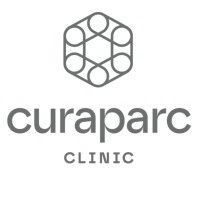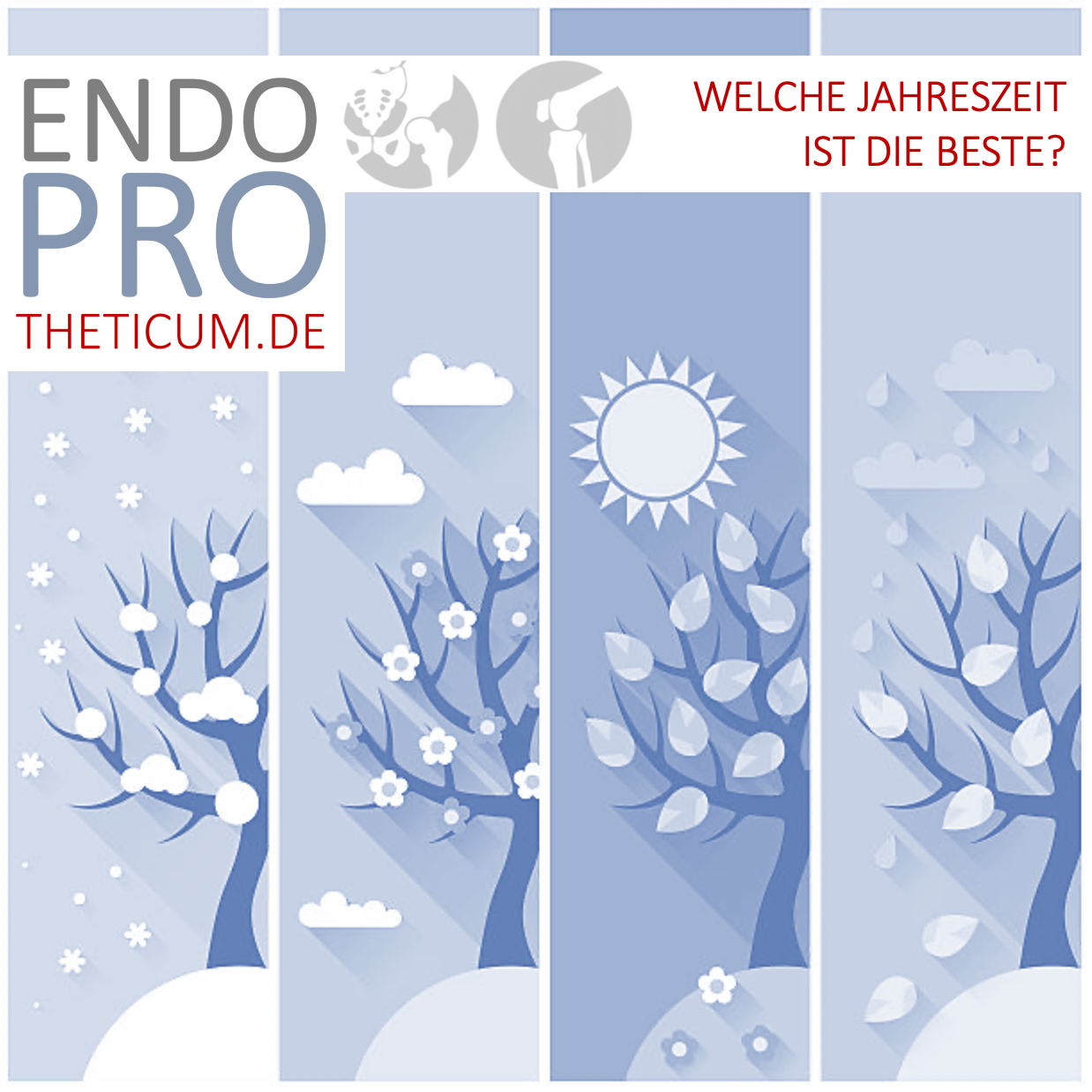Skeletzestgraphy in diagnostics of the prosthesis loosening
Why skeletal scintigraphy for the diagnosis of a prosthesis loosening only makes sense after about 1.5 years

The skeletal scintigraphy is an imaging process that is based on the principle that radioactive markers (mostly technetium-99m-marked phosphates) are stored in places with increased bone activity. This enrichment enables inflammation, infections, bone conversion processes or loosening of hip prosthesis (hip-tep) or knee prostheses (knee-tep).
Skeletal scintigraphy can help in particular with the diagnosis of prosthesis loosening
1. Increased activity immediately after the implantation
In the first 12 to 18 months after a prosthesis implantation, skeletal scintigraphy
always an
increased enrichment around the implant.
Why?
- After inserting the prosthesis, the bone reacts to the trauma through the operation.
- Repair processes are running: bone conversion (so -called "bone remodeling") and reaction to the new mechanical stress.
- In addition, micro movements between the bones and the prosthesis arise until the final healing is completed.
➡️ Result : The skeletal scintigraphy is almost always positive during this time - even if there is no loosening.
This means:
👉 An increased scintigraphy activity in the first 1 to 1.5 years is not specific for a prosthesis loosening.
2. Risk of misinterpretation (false-positive findings)
If one would carry out scintigraphy during this period, there would be a high risk of:
- False-positive findings : Normal healing or conversion processes are incorrectly interpreted as loosening.
- Unnecessary interventions : Unnecessary revision interventions could be carried out on the basis of incorrect diagnosis.
Example :
A patient has slight pain 10 months after Hip Tep implantation. Scintigraphy shows an enrichment. Without taking the healing process into account, loosening could be incorrectly assumed - the finding for this phase is completely normal.
3. Time after 1.5 years - why this period?
After about 15–18 months :
- The conversion activity has largely normalized.
- The bone-implant interaction stabilizes.
- If there is an increased enrichment, this is now actually indicative of pathological processes (e.g. loosening, infection).
➡️ From this point in time, skeletal scintigraphy has a significantly higher specificity and meaningfulness for:
- Relaxation (aseptic or septic)
- Implantant loosening through infection or mechanical instability
- Bone damage or osteolysis
In short:
👉 Only after about 1.5 years can scintigraphy safely distinguish a real relaxation of normal conversion processes.
4. Current scientific consensus
Studies and guidelines (e.g. the German Society for Orthopedics and Trauma Surgery, DGOU) therefore recommend:
- No skeletal scintigraphy for loosening diagnostics within the first 12–18 months after primary implantation of a hip tep or a knee-tep.
- Instead during this period: clinical examination, conventional X -ray diagnostics, possibly puncture in the event of suspicion of infection.
5. Alternative diagnostics in the first 18 months
If a loosening of a hip prosthesis or knee prosthesis is suspected at an early stage (e.g. with persistent pain, fever, functional restrictions), it should be used preferred:
- Conventional X -rays (direct signs such as solving the prosthesis or osteolysis)
- CT (fine diagnostics, implant locker test)
- Puncture (to differentiate between septic and aseptic loosening)
- Laboratory values (CRP, Leukocyten number)
Only when these procedures remain unclear and the symptoms exist should scintigraphy be considered after about 18 months.
Conclusion: Skeletal scintigraphy in VA prosthesis loosening usually only makes sense after 1.5 years!
The
skeletal scintigraphy is a valuable diagnostic instrument if there is suspicion of
loosening a hip or knee prosthesis . However, the right time must be observed:
In the first 12 to 18 months after the implantation, the findings are often falsified by normal healing and conversion processes, so that an interpretation can be difficult and prone to errors.
Only from about 1.5 years after the operation does skeletal scintigraphy provide meaningful indications of actual relaxation or possible infection.
It is therefore crucial to use classic diagnostic methods such as clinical examination, X -ray diagnostics and, if necessary, joint puncture.
A targeted, sensibly used scintigraphy can then make a decisive contribution to diagnosing a prosthesis loosening safely and set the course for successful therapy.
Note:
🔵 1.5 years ago → scintigraphy hardly usable due to normal healing.
🟢 After 1.5 years → meaningful tool if you suspect.
MAKE AN APPOINTMENT?
You are welcome to make an appointment either by phone or online .



























